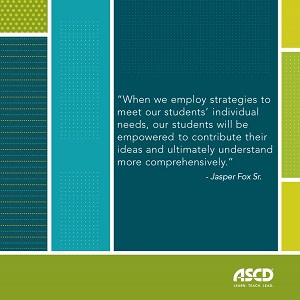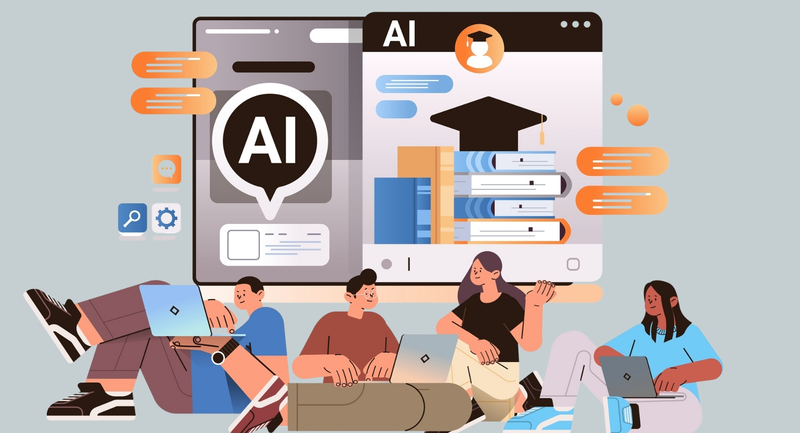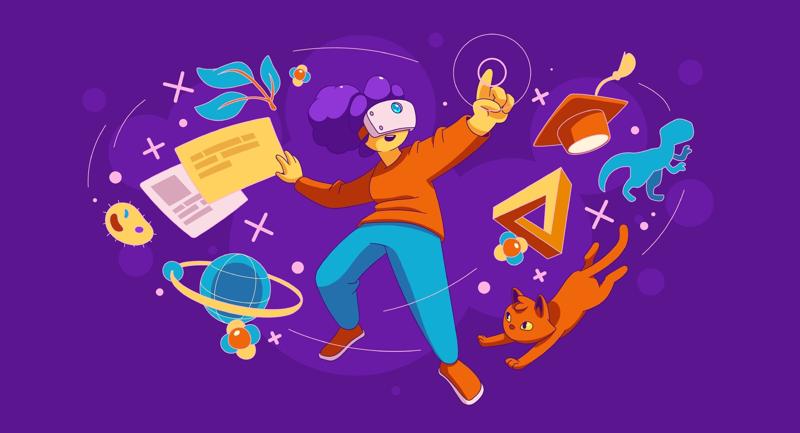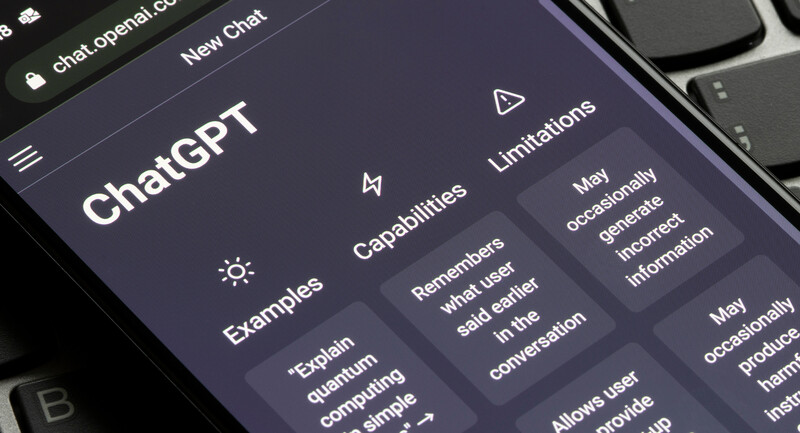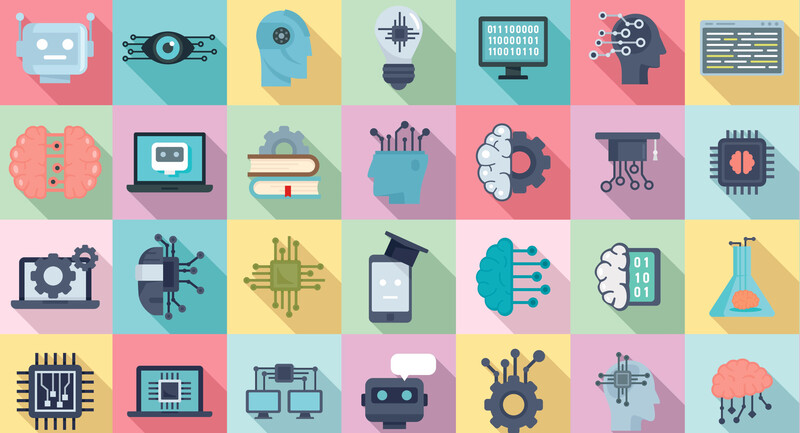Students come to our classrooms with varied readiness levels. Accommodating these differences has been difficult, although not impossible, in the past. With advances in technology and access to both the Internet and various devices, we can provide students with the individualized materials they need to understand content. On the front end of the differentiated experience is acquiring content. Modern tools allow educators to consider students’ readiness levels and provide instructional content that falls within each particular student’s zone of proximal development. How, then, do we facilitate an easier method for students to obtain the essential information with which they will build understanding? The following three tools can be used in any class or subject and, with the exception of the third example, can be used by technological novices.
- Newsela—Ever want to have your class read an article you found online but weren’t sure how to differentiate for varied reading levels? Newsela is a great tool to support differentiated nonfiction reading activities because you can easily modify each article on the site to accommodate reading levels from 4th grade to 12th grade. Once students have read their customized version and learned the concepts at a level they can comprehend, the class can have a meaningful conversation.
- YouTube—YouTube is not just for playing single videos; you can also use it to easily and quickly assemble a group of quality teaching materials. Keeping in mind specific student learning profiles, you can curate targeted information using playlists that you can effortlessly share. If creating your own content is important, you can add annotations to videos, especially ones that allow you to advance to particular points in a video (or elsewhere on the Internet for that matter) to add a whole new level of individual direction based on need.
- Doctopus. Built by Andrew Stillman, a teacher turned computer programmer, this tool works within the Google Apps for Education (GAFE) suite to distribute and collect written assignments online. On a basic level, Doctopus is great for managing the workflow in a digital classroom. Where it truly shines, however, is its ability to accommodate various versions of the same assignment for you to give out to different students in your class based on their level of understanding. All students can then interact with the material and work at their own level to showcase their learning.
By adapting how we deliver instructional content and modifying our instructional strategies, we can reach each child where they are. Individualization is a central component of differentiation, and technology gives us limitless tools with which to give specialized information. Children in our schools come to us at different points in their understandings, and the educational system has tools, such as those described above, to meet these needs. As we brave the new world of constant connectivity and growth, be sure to explore the available opportunities to deliver differentiated content. When we employ strategies to meet our students’ individual needs, our students will be empowered to contribute their ideas and ultimately understand more comprehensively.



